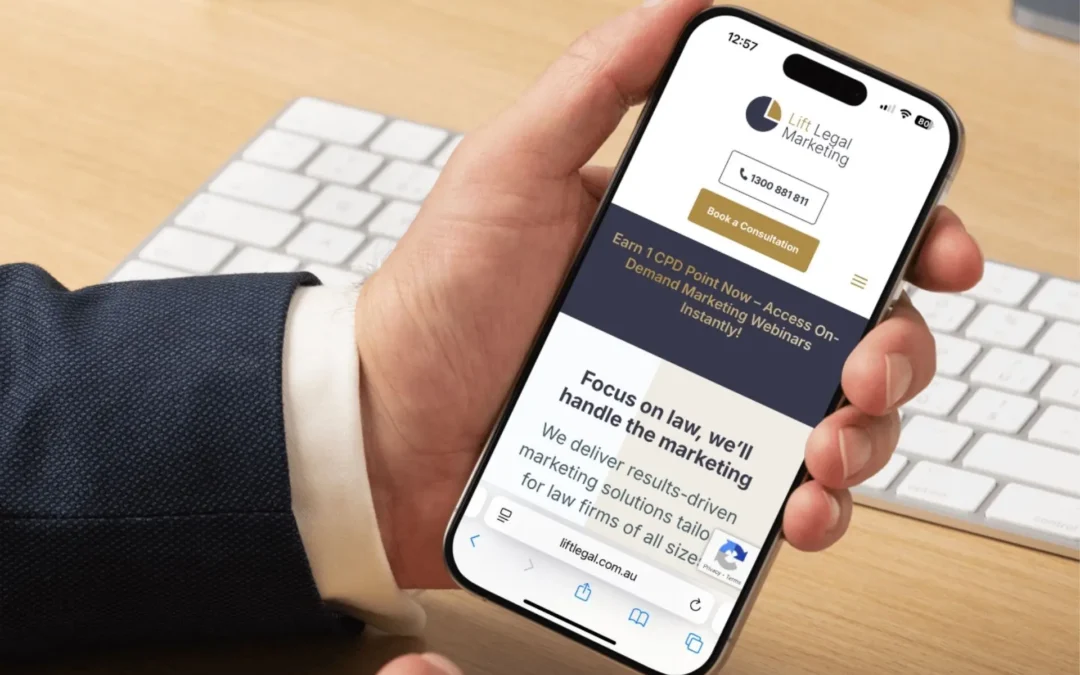This article explores why that is so and offers some suggestions that will help.
Establishing regular client communications
The best way to establish regular client communications for every law firm is newsletters, and today that means electronic newsletters. Sending newsletters electronically is both efficient and cost effective. You have the advantage of the receiver being able to on forward it to others and therefore benefit by being able to leverage off those in your contact database.
Why should your law firm send newsletters to clients?
The best explanation, I think, is to use an analogy; if you imagine your client database is a five acre lot, and next to your lot is another five acre lot. One lot is barren, the other is constantly maintained. It is watered, ploughed, the soil nurtured and fertilised.
Which lot harvests more? The answer is obvious.
If you maintain regular contact with your clients and keep them informed of practical and useful legal matters, your clients will appreciate that and when they need help, or know of someone else who needs legal help, they will think of you and your firm.
Basically, the more you put in the more you will reap.
How often should newsletters be sent?
You should send newsletters every quarter. Communicate regularly and consistently as the cornerstone of your law firm marketing strategy.
However, you also need to have regard to the different needs of your clients and referrers. Some will be mums and dads and they will want to read issues that apply to them and others will be business people or professionals who want more ‘business’ issues. The reality is that you should send both a ‘General’ newsletter as well as a ‘Business’ one. Both should be sent four times a year. That is eight newsletters. And each newsletter should have multiple articles.
What should the newsletter articles be about?
The articles need to inform and be useful. Providing esoteric legal points may interest a group of lawyers but will bore the socks off your clients. So you need to consider the audience. The tone needs to be informative and be practical. If the audience thinks you are ‘talking over their heads’ you will be irritating. So you need to find the right balance.
In future posts we will delve into the types of articles you can write and why your clients will appreciate receiving them.
Why doesn’t every law firm send newsletters out regularly?
Running a law firm is hard enough and doing all the marketing tasks that should be done, is harder still. Realistically, I feel that most law firms know they should send regular newsletters out but don’t because they feel they won’t be able to produce one when it is due to be sent out. If you start sending newsletters and cannot follow up with subsequent editions, the clients will be confused and frustrated.
For other firms (and this is twisted logic) they feel it’s best to do nothing and hope the work comes in and doesn’t get referred to your competitors. If this is the marketing thinking of your law firm, perhaps it’s time to rethink.
Avoid snail mail it’s expensive and hard to measure
In my old firm, I was responsible for sending out the newsletters. In those days we posted out umpteen thousands via snail mail. It certainly brought in new work but you never knew who was tearing the newsletters up and who was deeply interested in the different articles or offerings. The cost was huge. Apart from the postage, the time taken by the different solicitors to draft the articles was significant, not to mention the effort I had to undertake to cajole them into doing it in the first place. Then when the next newsletter was due out, this process was repeated. Grrr!
E-newsletters are measurable and cost effective
Once you have committed to writing regular newsletters, using modern email marketing technology you are able to send out newsletters to your clients via your contact database, avoid the postage and measure the results.
After the newsletters are sent, you should be able to access reporting software that lets you identify which of your clients has opened the newsletter the most and who has clicked on what. You can see which articles were of most interest to your clients (remember that for next time) and those clients who are most interested in particular articles (make a note to contact them).
For example, if I was to do an article on a recent change in the law that I knew affected a lot of my clients and at the end of the article I included a call to action, inviting clients to contact the office. No doubt some clients would do so and make appointments. But there would be many others who were interested and yet for all sorts of reasons failed to contact you, by knowing who was interested enough to read the article (but did not call) you can make a shortlist of interested clients. This ‘call list’ enables you to call those clients who you know are interested and who have not yet made an appointment and chat with them.
You can therefore stimulate demand by your regular newsletters, not just meet it!
So rather than make a resolution to ‘get fit’, take action and start communicating with your clients.
Do you have any helpful tips on regularly communicating with clients? Contact us












